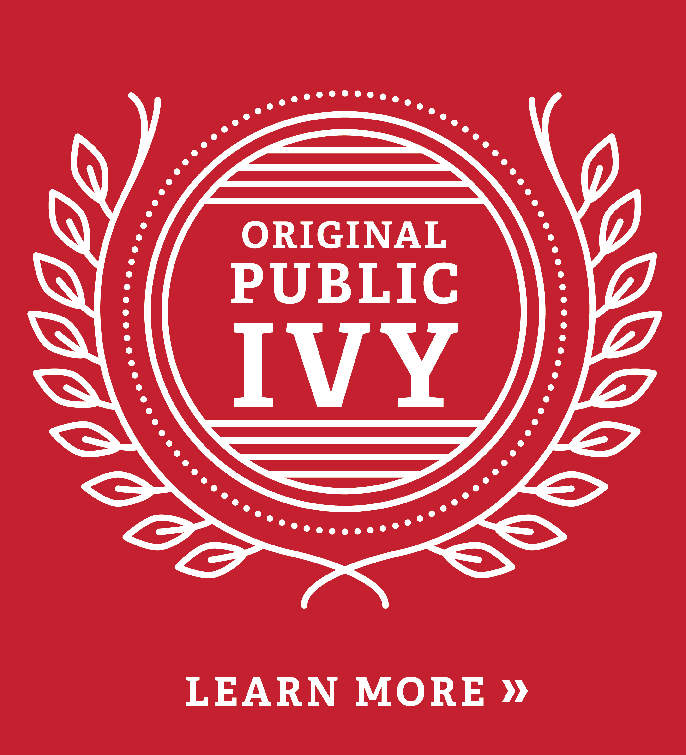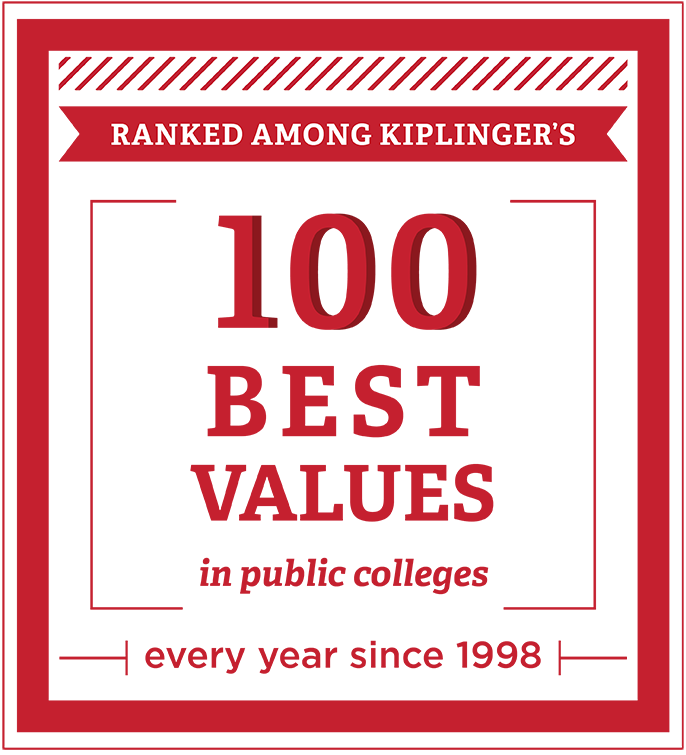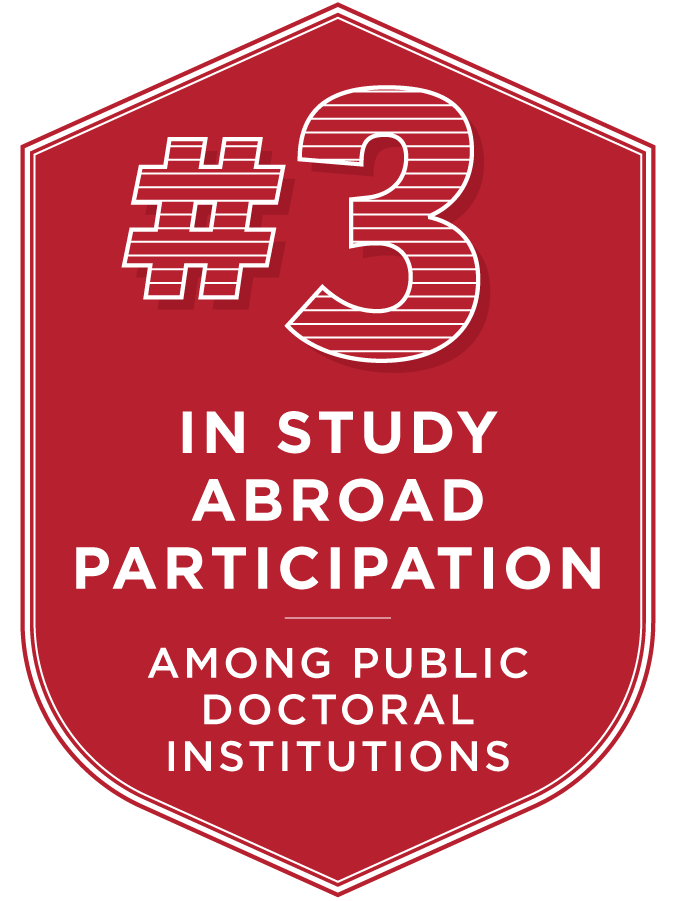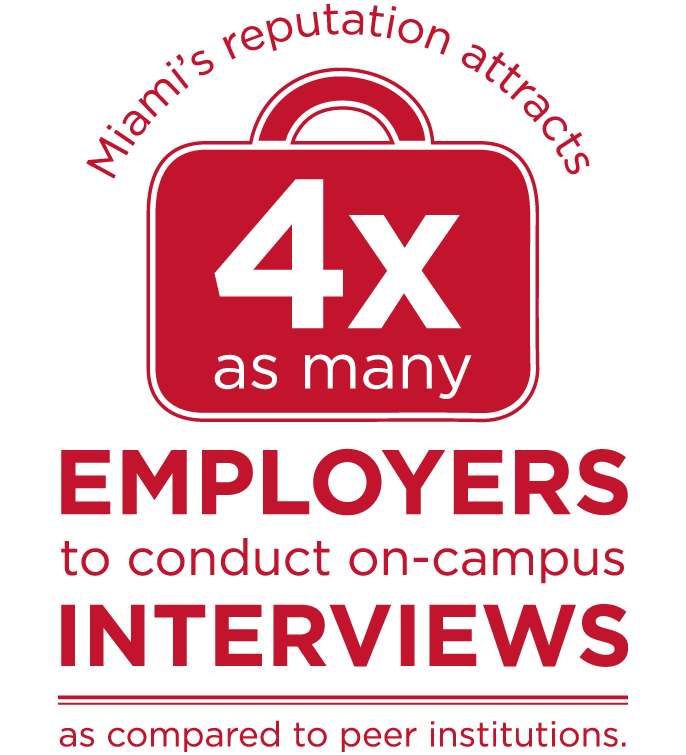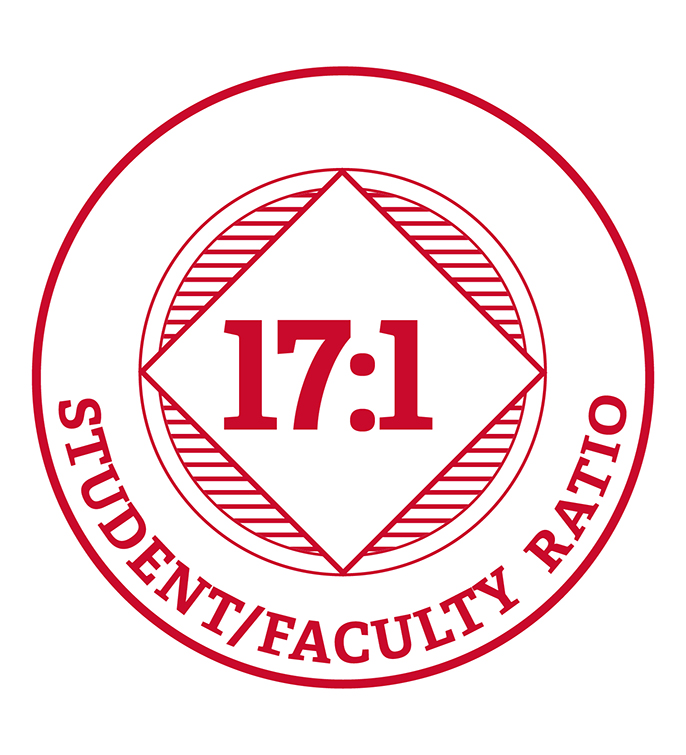Annual Address 2010
David C. Hodge
October 7, 2010
Competitive Environment
Competition within higher education will increase dramatically over the next few years. There will be significantly fewer students graduating from high school in Ohio and throughout the Midwest. The rapid increase in for-profit institutions and the aggressive recruitment of students by our peers will challenge us on both price and quality. The impact will be greatest on the Oxford campus, while our regional campuses are likely to benefit from their broader mission that emphasizes non-traditional students. It will be essential to provide a higher quality education at a competitive net price, thus the pressure to increase merit scholarships, as well as need-based scholarships, will most certainly intensify in the years ahead.
Changing Technology
While difficult to address, the new fiscal reality is fairly predictable. What is much less certain is how higher education will be impacted by information technology. We know that the breakneck pace of change in technology has already changed what we do. Much of this change is positive, providing amazing access to the raw material of scholarship and connecting us to others around the world, who share our passion for specific questions. But there are many who believe that technology may doom most residential colleges as online learning becomes more effective in delivering a quality education with the convenience students increasingly expect. More than ever, it is vital that we understand what we have to offer, what makes a Miami education special. We need to have a clear vision of what constitutes quality, what creates value for our students, not only today, but looking into the future. We need to use technology to our advantage, adopting strategies that strengthen the experience and success of our students.
Measures of Success
The Strategic Priorities Task Force has provided us with a perspective and a set of recommendations that are intended to help us become an even better and stronger university, a more nationally prominent university. What does it mean to be a better university? How will we know if we are a better university? What are the goals that we aspire to?
Three years ago we adopted a set of Five Year Strategic Goals to express our aspirations and to guide our decisions. To be sure, we formed those goals under a very different mindset than we face today. But the strength of strong goals is that they should reflect the enduring values of an institution, and with perhaps some modest adjustment of target values, should continue to be relevant even as the conditions change. Fortunately, the values that Miamians hold most dear, and that are expressed in our Strategic Goals, are very much those that are likely to make us a better and more competitive university. I encourage all of us to review these goals as a means to focus our attention on the activities that matter most. I would like to take some brief time today to highlight some of the “bottom line” goals that drive our ambitions, including retention and graduation rates, composition of the student body, scholarly achievement of our faculty and staff, and our rankings.
Our number one goal is to "make the Miami undergraduate experience among the very best in the nation." This truly is our hedgehog, in the terminology of "Good to Great." It is what we are most passionate about, it drives our economic engine, and we can truly be the very best at doing it. Perhaps the single best measure of our success in reaching this goal is our graduation rate, especially for the Oxford campus. While no measure is perfect, the graduation rate reflects both the retention and the achievement of our students. We set a goal of 85 percent, and we recently hit an historic high of 83 percent. Given the economic downturn and the increased financial stress on families, this number is likely to drop slightly, but we must nevertheless strive to reach this goal. It figures prominently in our national reputation, it captures the extent to which we have created the conditions for success, and the retention of students really does affect our bottom line.
Of course, it is important that our students not only graduate, but that they graduate prepared for their lives and careers. I was recently at a retreat with a group of alumni and asked them what they believed was the most important measure of becoming a better university. Their highest priority was the placement of our students at graduation. Although there is no single measure for this, we must continue our focus on student success as measured by the placement of our students in graduate school, professional schools, and in jobs of their choice. This fall we once again had a large number of employers at our Job Fair. I had the opportunity to walk around the exhibits and talk with potential employers. Significantly, while most employers may have a specific target for selected majors, they welcome students from all backgrounds, noting that general qualities like leadership, work ethic, poise, and initiative figure prominently in their impressions of students. We must continue to improve how our academic practices and co-curricular opportunities contribute to these qualities and our students' success.
The alumni at the retreat noted secondly the importance of continuing to raise the bar on our incoming class, a point made by the Strategic Priorities Task Force as well. The two measures that are most common in our assessment are the academic qualifications of the incoming class and the diversity of our student body. While we will always take great pride in our ability to take good students and make them great graduates, students who are better prepared and highly motivated are more likely to take advantage of the opportunities on all of our campuses and contribute to superior peer-to-peer learning. We must be careful to measure aptitude in ways that count. Robert Sternberg has led an effort at Tufts to evaluate the creative potential of prospective students. Surely, we can do the same. Similarly, our ability to attract a more diverse class is a critical measure of our success in meeting our public mission, and creating a diverse learning environment is vital to the best educational experience. Attracting the students who will contribute to and benefit most from the Miami Experience must be a high priority for us. Through an all-campus effort, we were successful in recruiting a great new class to Oxford this fall. We must continue to have everyone involved – it not only provides a better impression and understanding of Miami, it helps us to be a better university.


